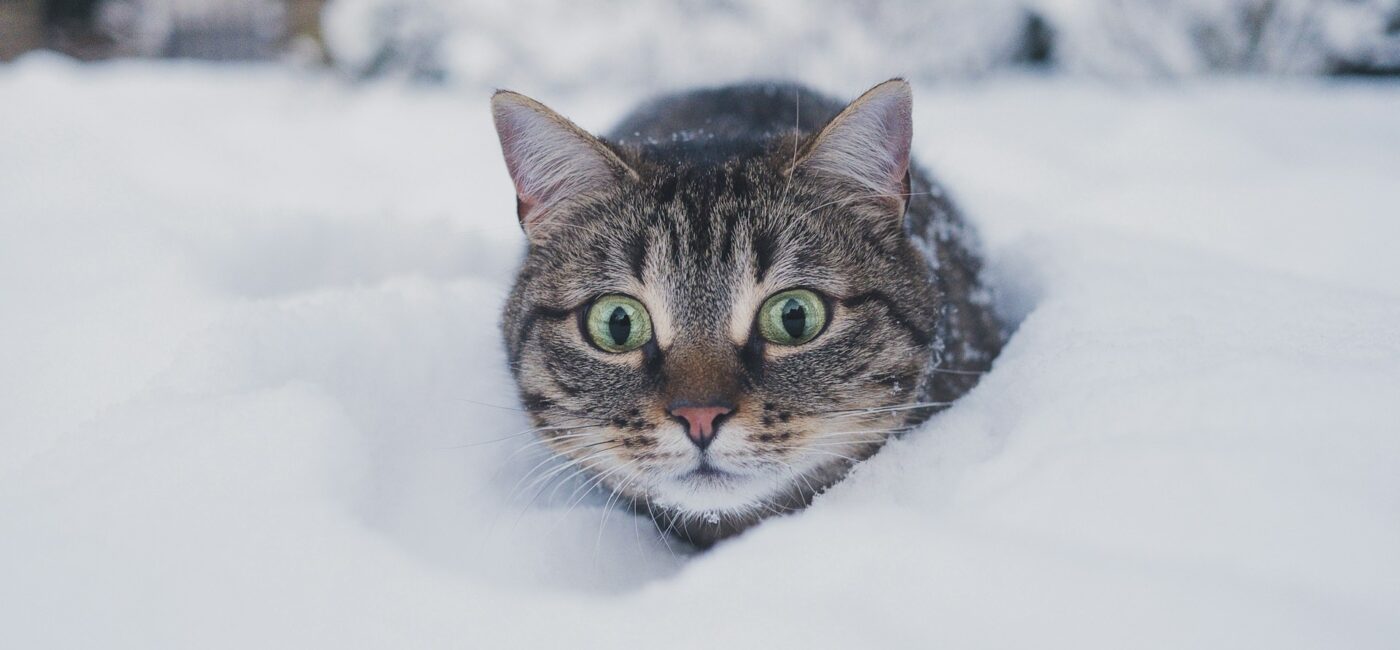Winter can be a magical time of year, but it also brings challenges for keeping your cat warm, safe, and healthy. While cats are resilient creatures, cold weather, seasonal hazards, and changes in routine can affect their well-being. With a little preparation—and tools like Petguard—you can ensure your furry friend stays cozy and protected all season long.
Provide a Warm and Cozy Space
Cats love warmth, especially in winter. Ensure they have a dedicated area indoors with a soft bed or blanket, away from drafts and cold floors. If your cat spends time outdoors, create a safe, insulated shelter for protection against the elements.
Pro Tip: Use Petguard to scan heaters or warming pads to check for potential hazards before introducing them to your cat’s environment.
Keep Your Cat Indoors
Outdoor temperatures can drop dangerously low, and cats are at risk of frostbite and hypothermia during winter. Keeping your cat indoors reduces exposure to extreme cold and other hazards like antifreeze or road salt.
Petguard’s Role: Scan your yard or garage for substances like antifreeze, which is toxic to cats even in small amounts, to ensure outdoor safety.
Watch Out for Seasonal Toxins
Winter often brings new household items that could harm your cat. Popular holiday plants like poinsettias, mistletoe, and holly are toxic to cats, as are chemicals like de-icing salts and antifreeze.
How Petguard Helps: Petguard’s plant identification feature lets you scan plants to confirm their safety. It’s the perfect tool for peace of mind when decorating your home for the season.
Adjust Their Diet
Cats may need slightly more food during winter to maintain their energy levels as they stay warm. However, ensure they’re not overeating. Fresh water is also critical, as dehydration can occur even in cold weather.
Petguard Tip: Use Petguard’s food safety scanner to check that any treats or table scraps are safe before sharing them with your cat during the holiday season.

Protect Their Paws
Cold surfaces, ice, and salt can irritate your cat’s sensitive paws. Wipe their paws clean after they’ve been outside and apply pet-safe balm to prevent dryness and cracking.
Petguard’s Role: Use Petguard to check the safety of paw care products or identify hazardous substances like salt in your cat’s environment.
Monitor Their Behavior
Winter can affect your cat’s mood and activity levels. Look for signs of stress, lethargy, or changes in appetite that could indicate discomfort or illness.
Pro Tip: Understanding your cat’s breed and unique needs with Petguard’s Identify feature can help you recognize their specific cold-weather vulnerabilities.
Keep an Eye on Older Cats
Senior cats or those with health conditions like arthritis can struggle more in cold weather. Provide extra bedding, and consider using heated options (cat-safe) to ease their discomfort.
Petguard’s Role: Scan new products or heating solutions with Petguard to confirm their safety for your cat.
Plan for Emergencies
Winter storms and power outages can create unexpected challenges. Ensure you have a plan to keep your cat warm, fed, and hydrated during emergencies.
How Petguard Helps: Use Petguard to scan your environment for hazards or toxic items that may become accessible during disruptions.
Winter safety for cats requires a proactive approach to their environment, diet, and overall care. With tools like Petguard, you can confidently navigate seasonal hazards, keeping your feline friend safe and happy throughout the colder months.
Download Petguard today and make winter safety simple and stress-free for you and your cat!

